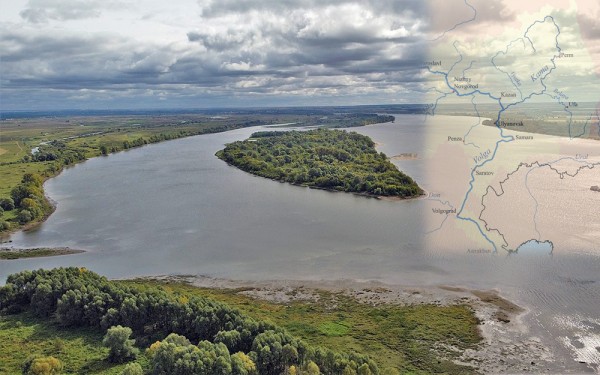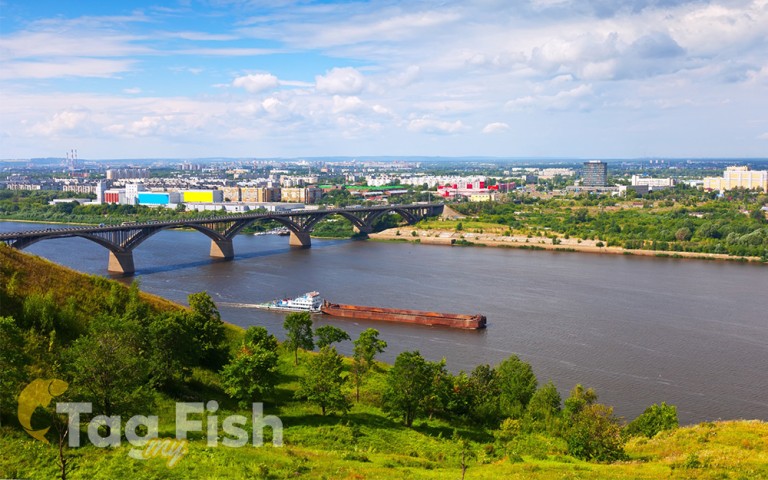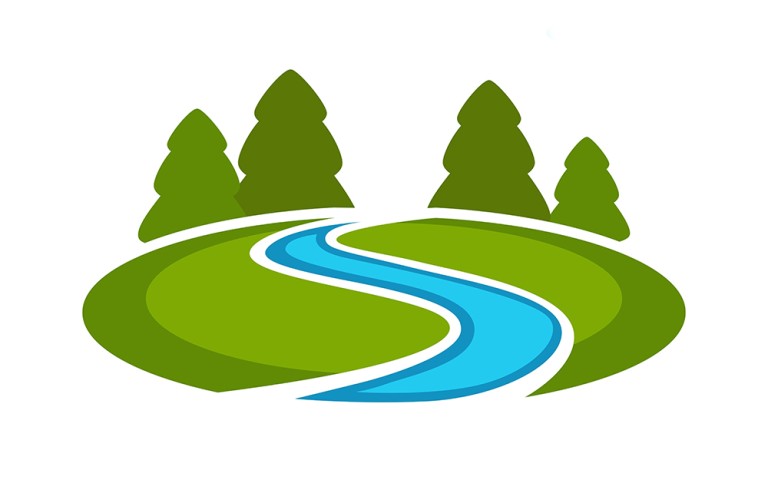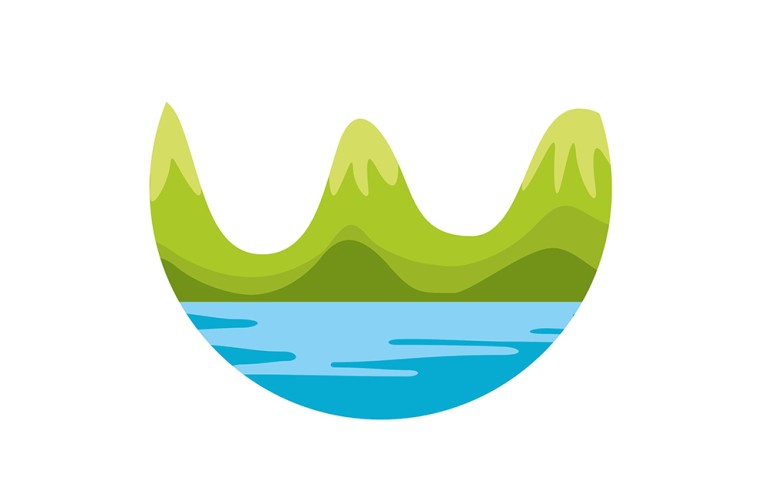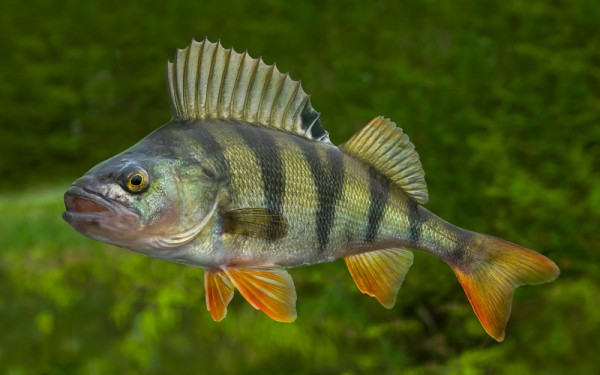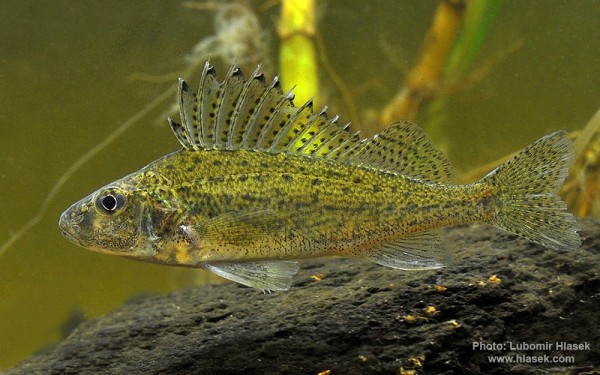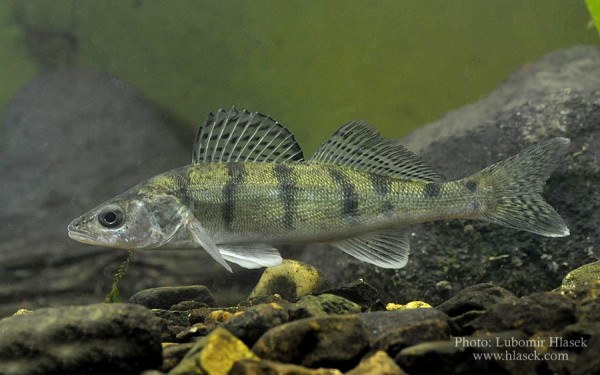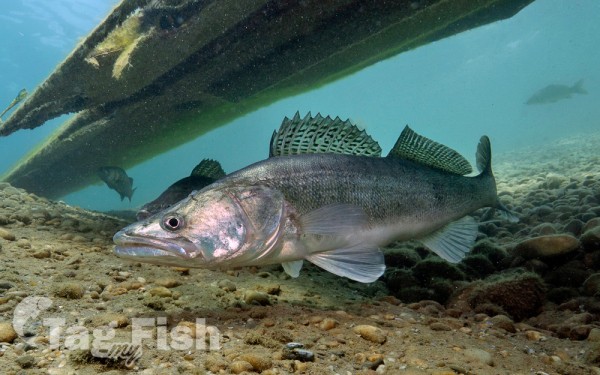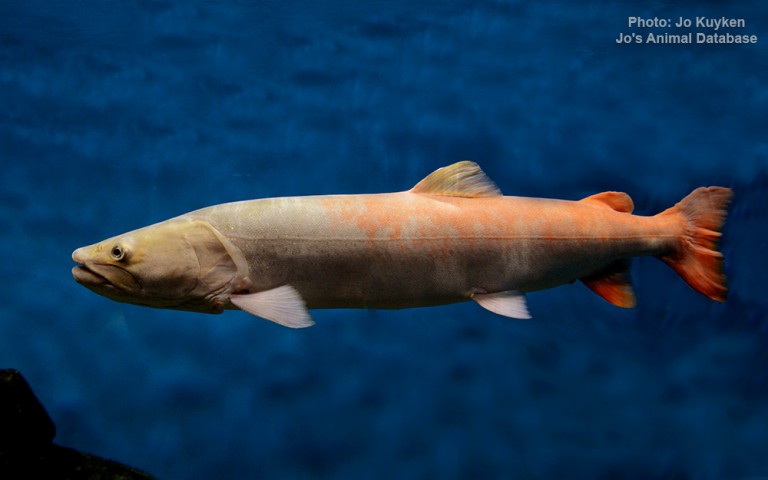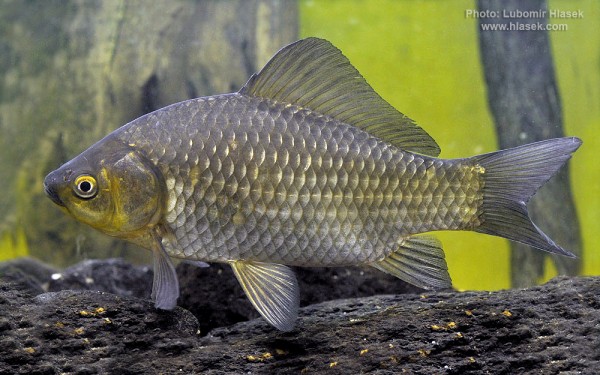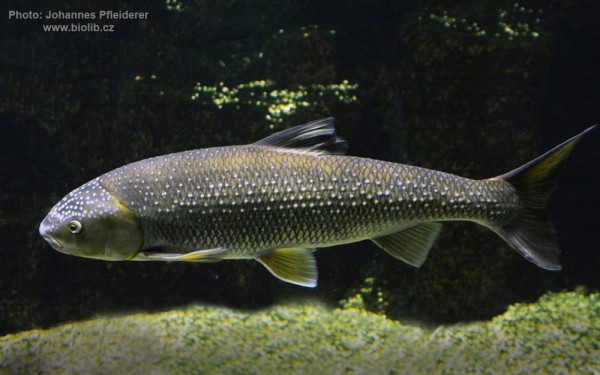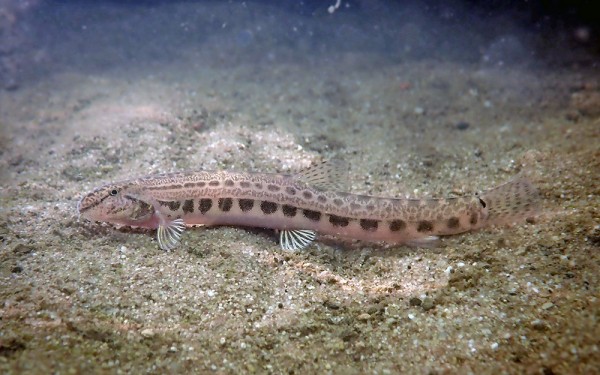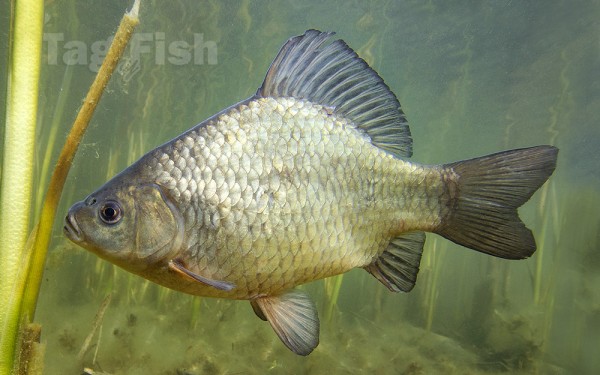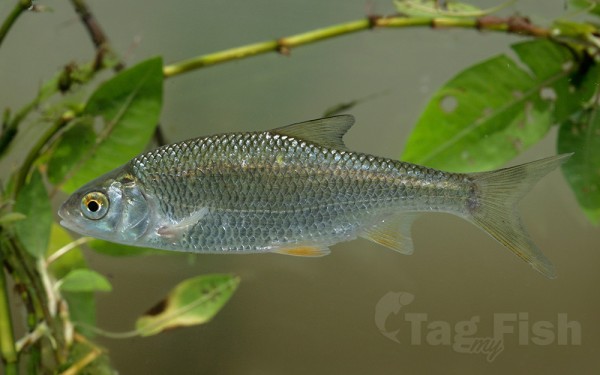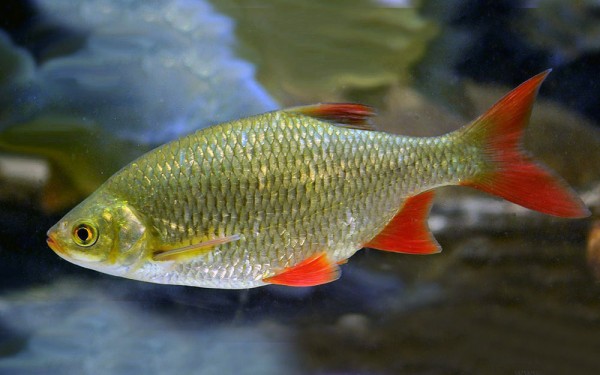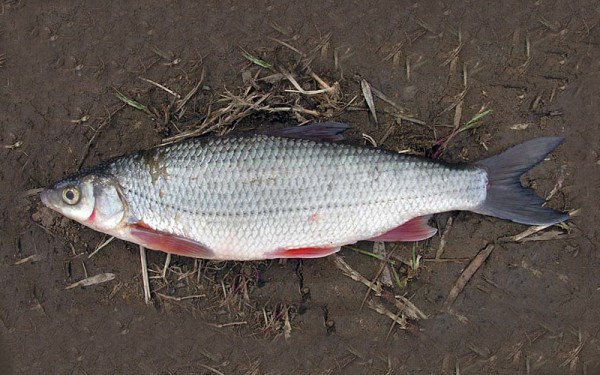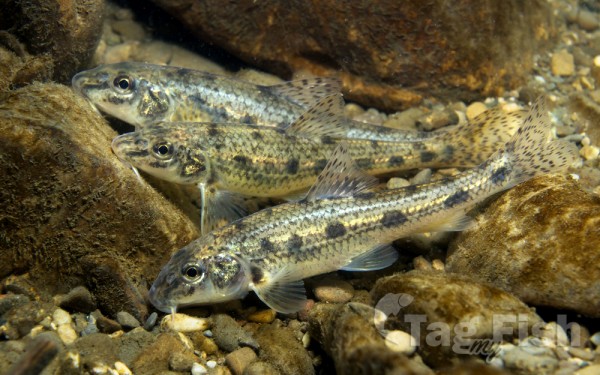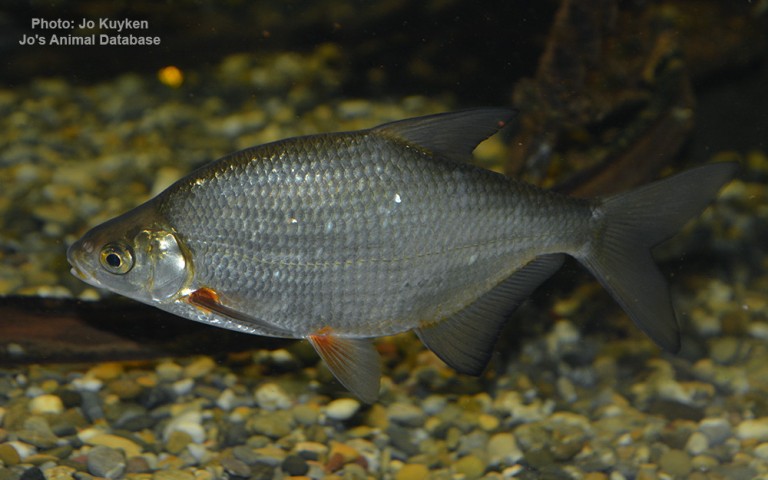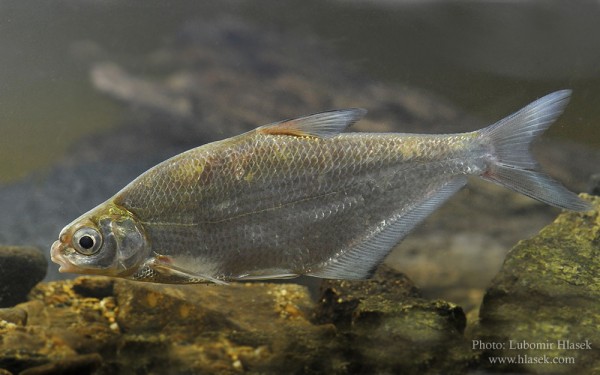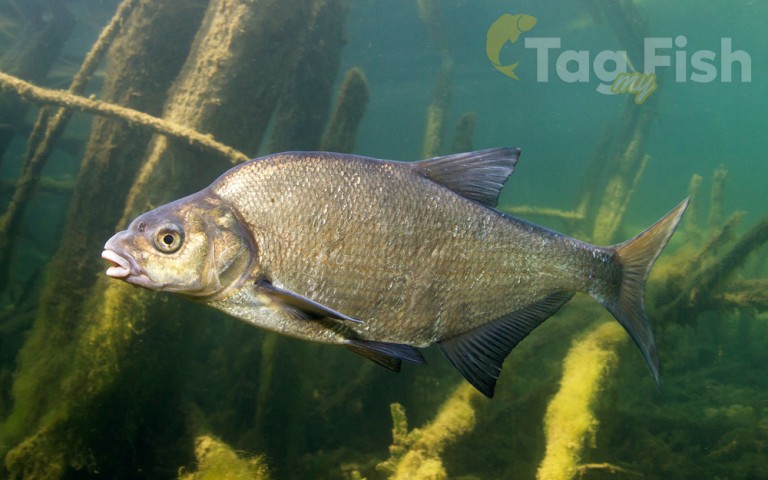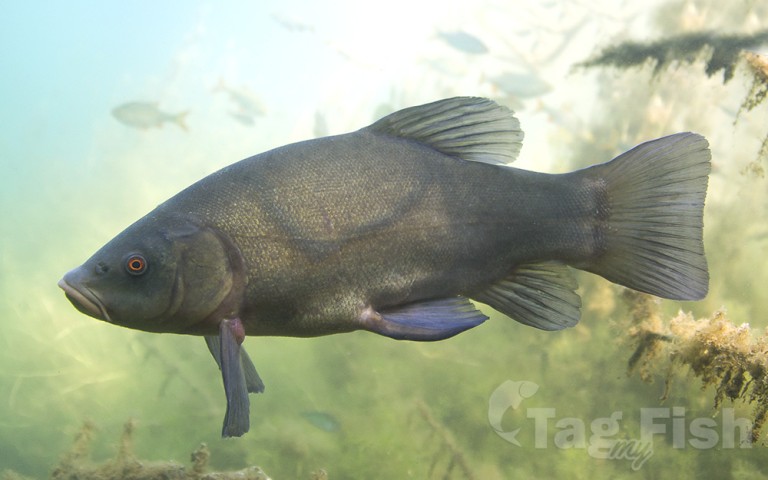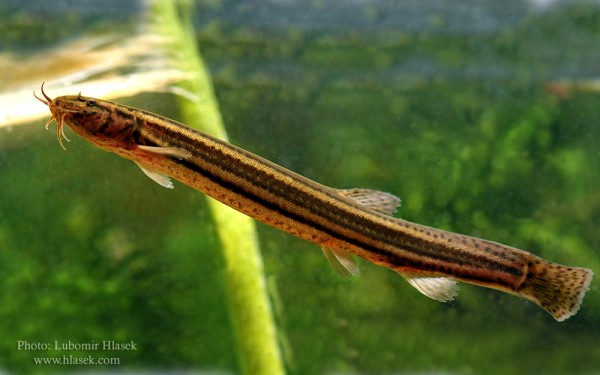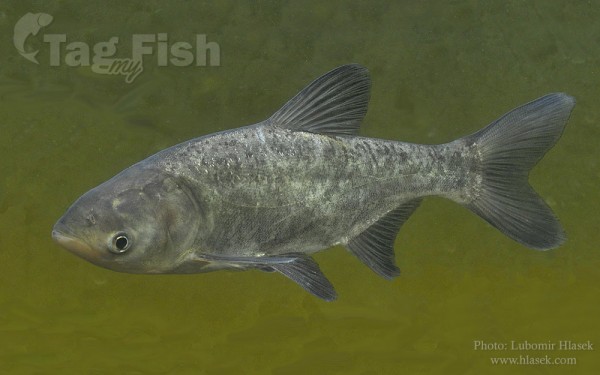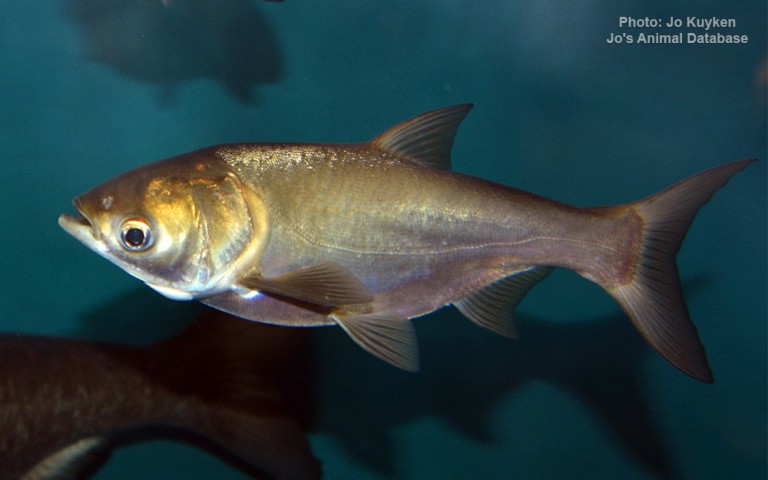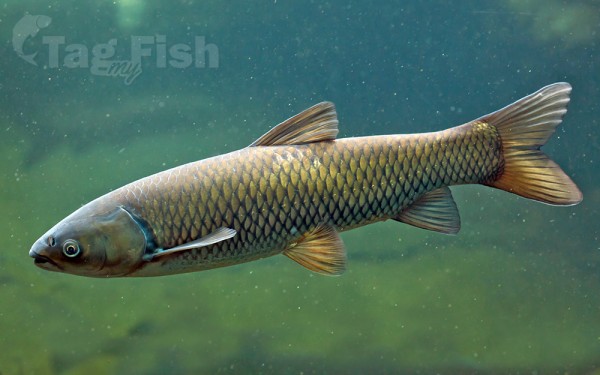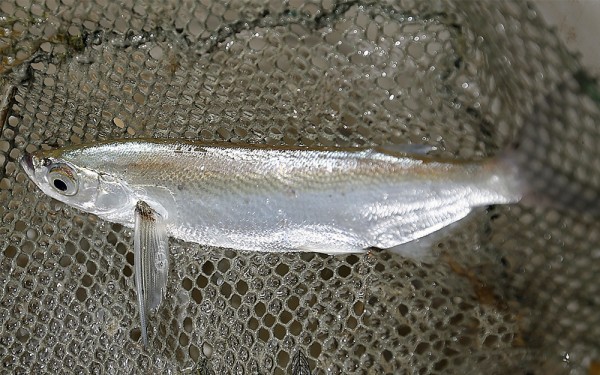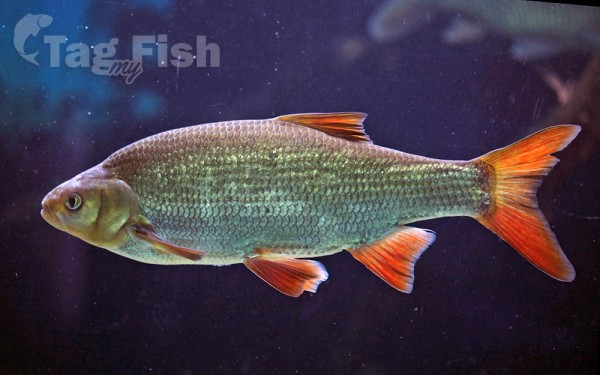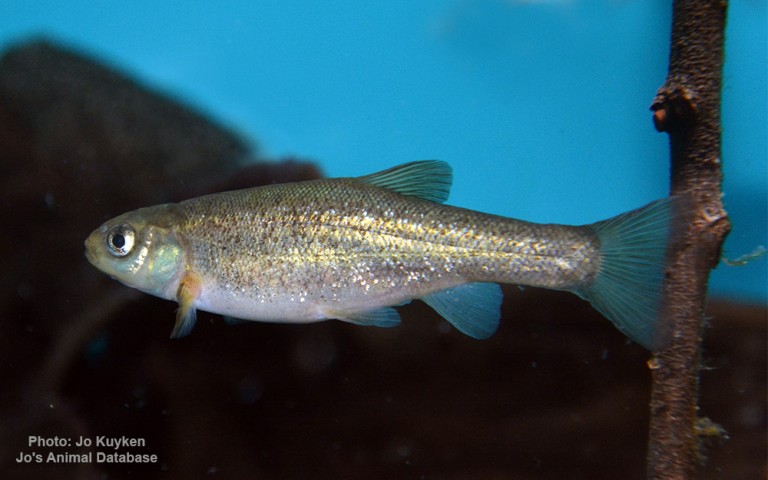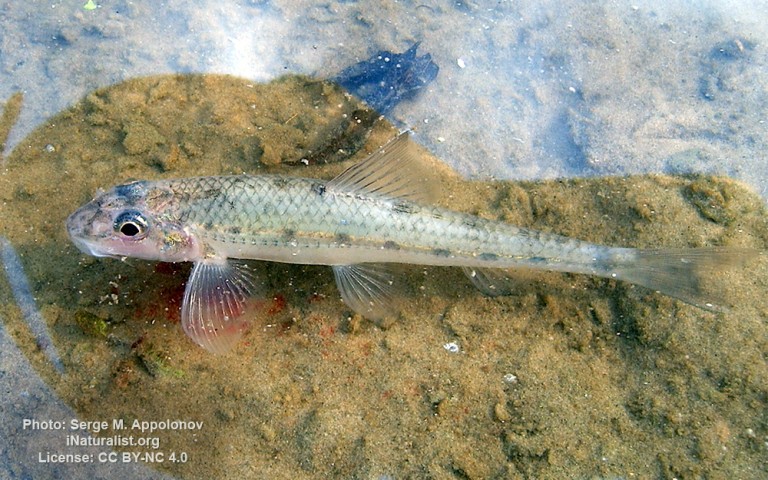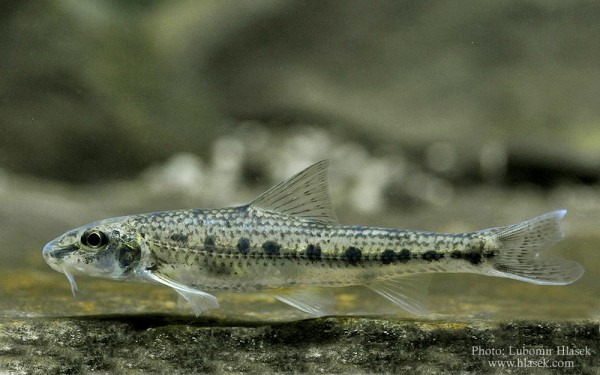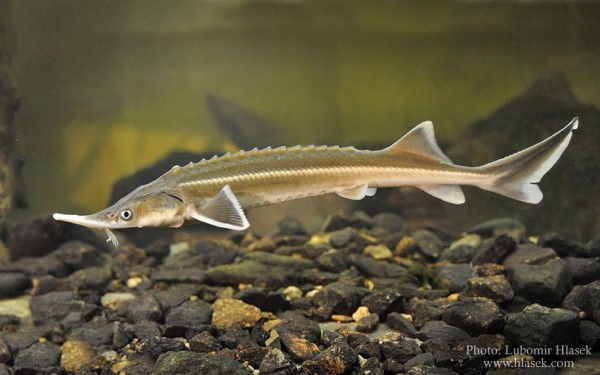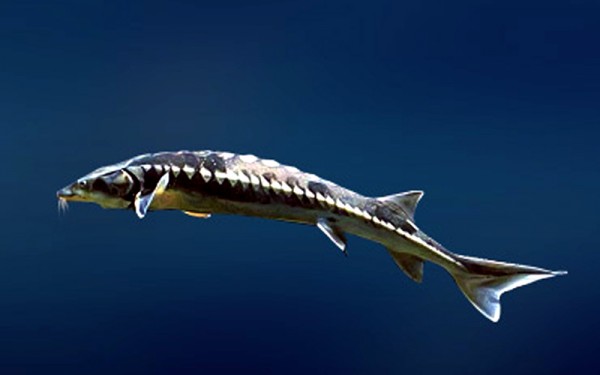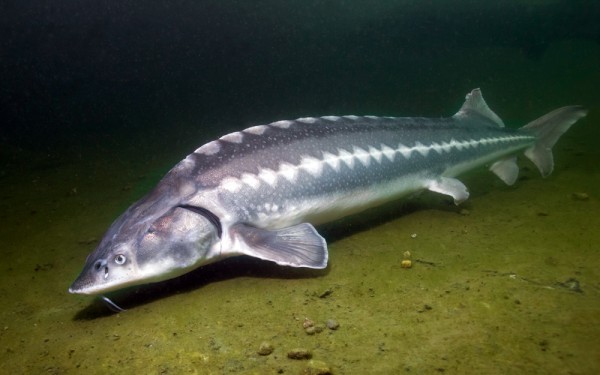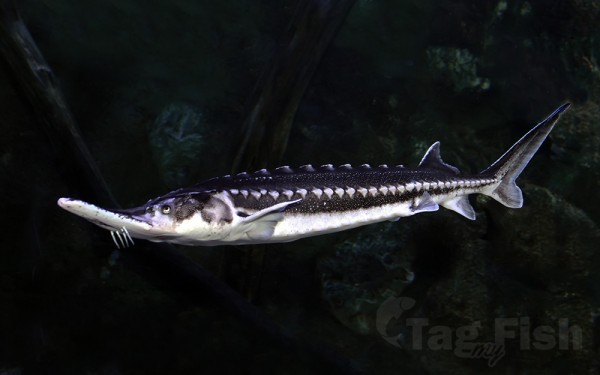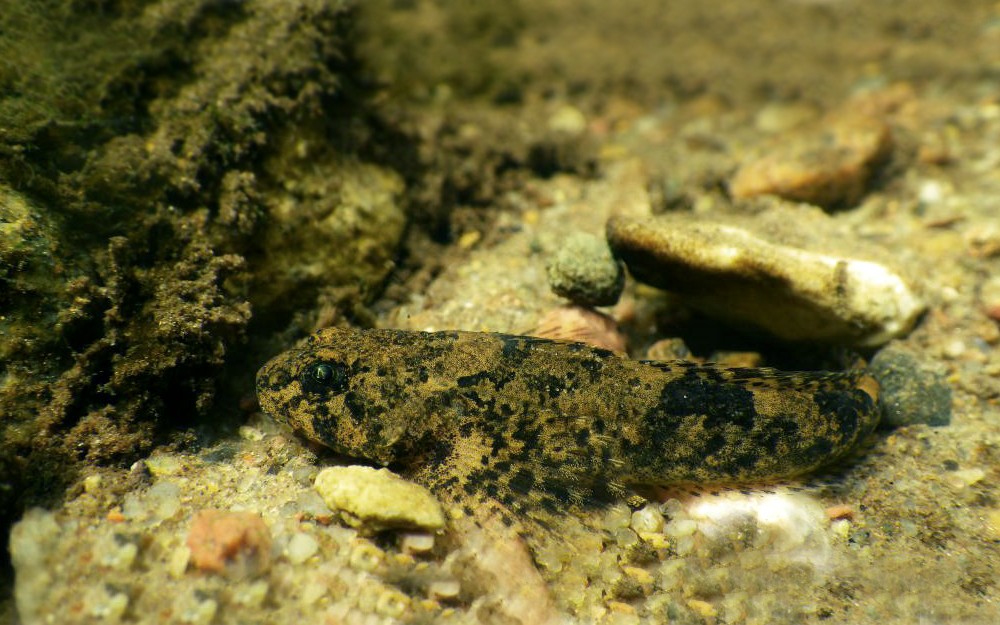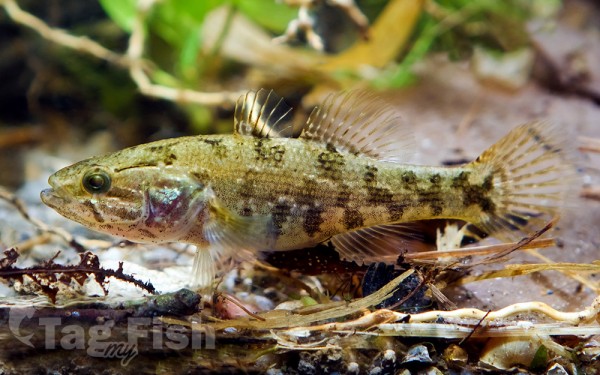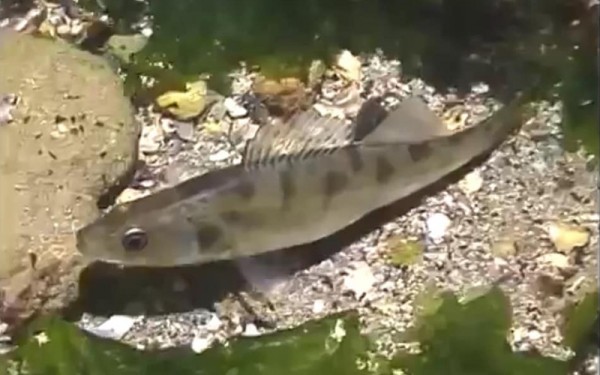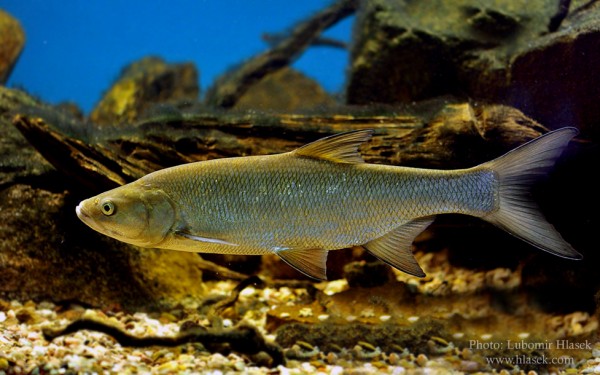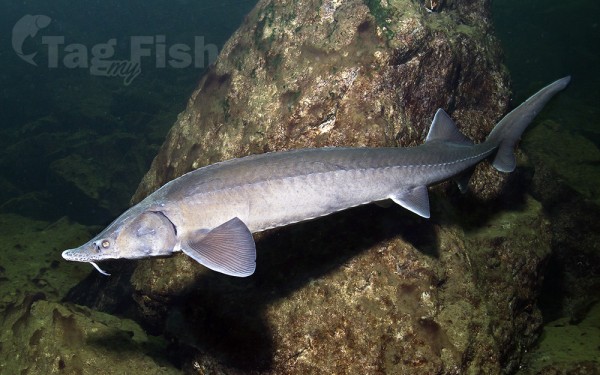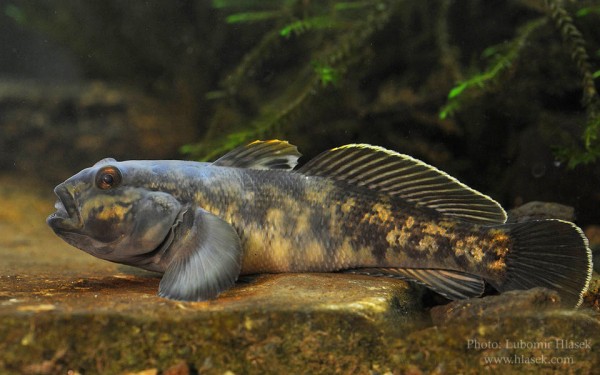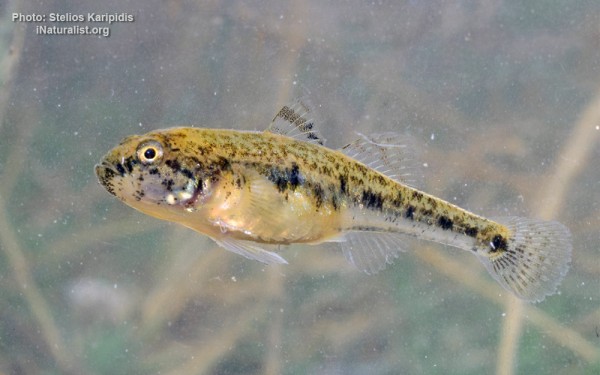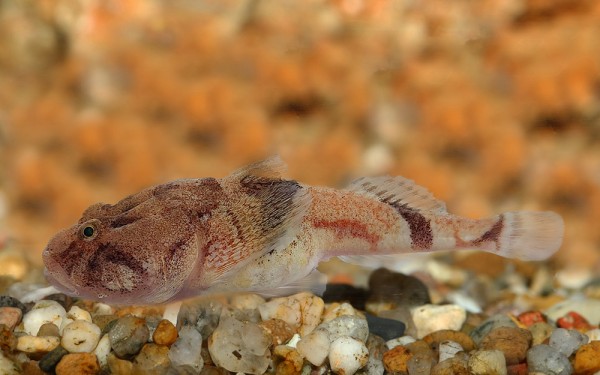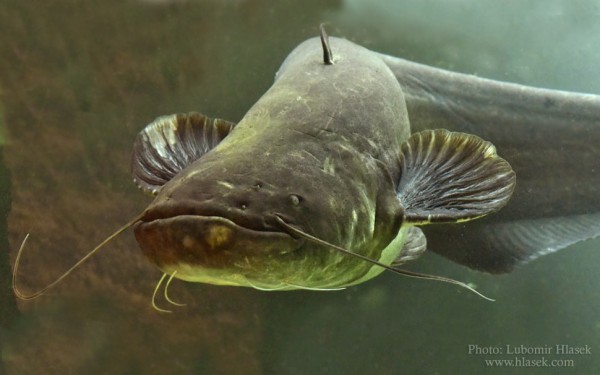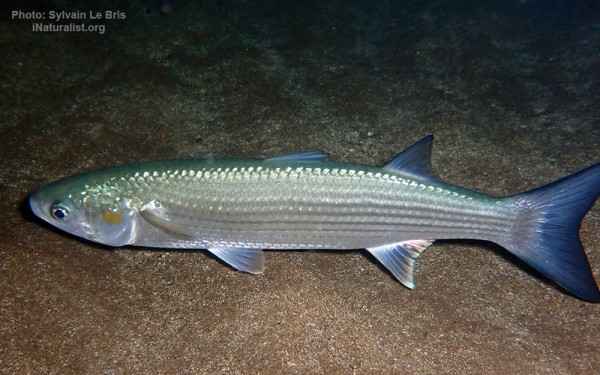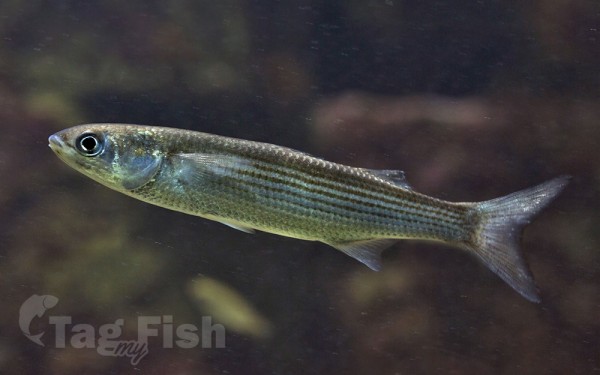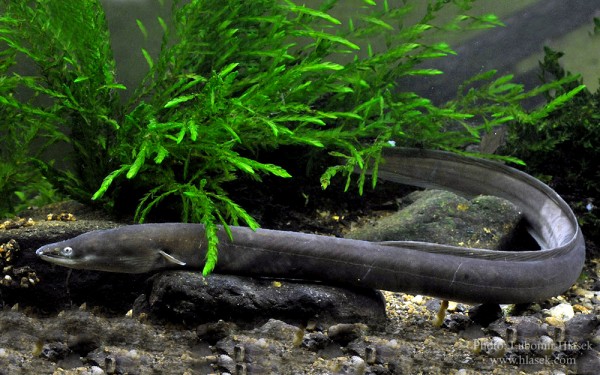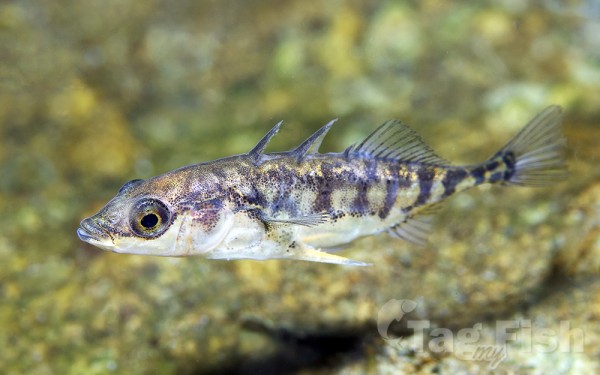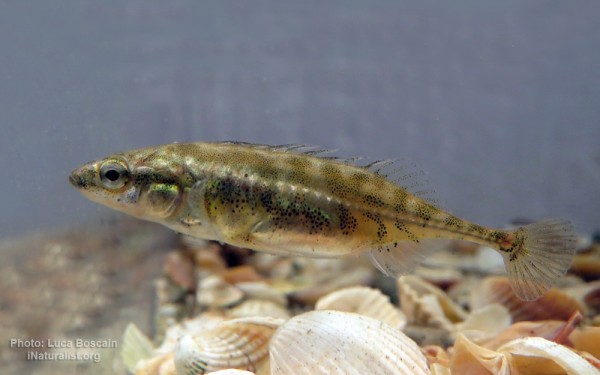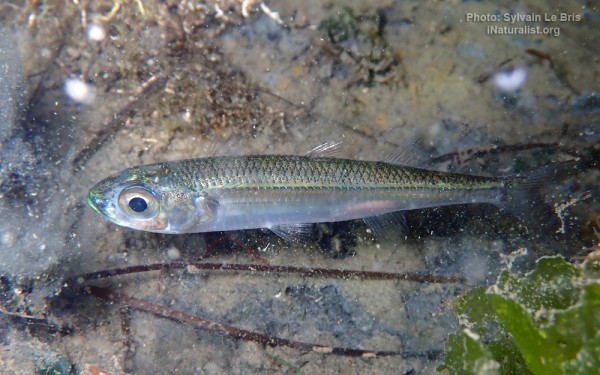Volga
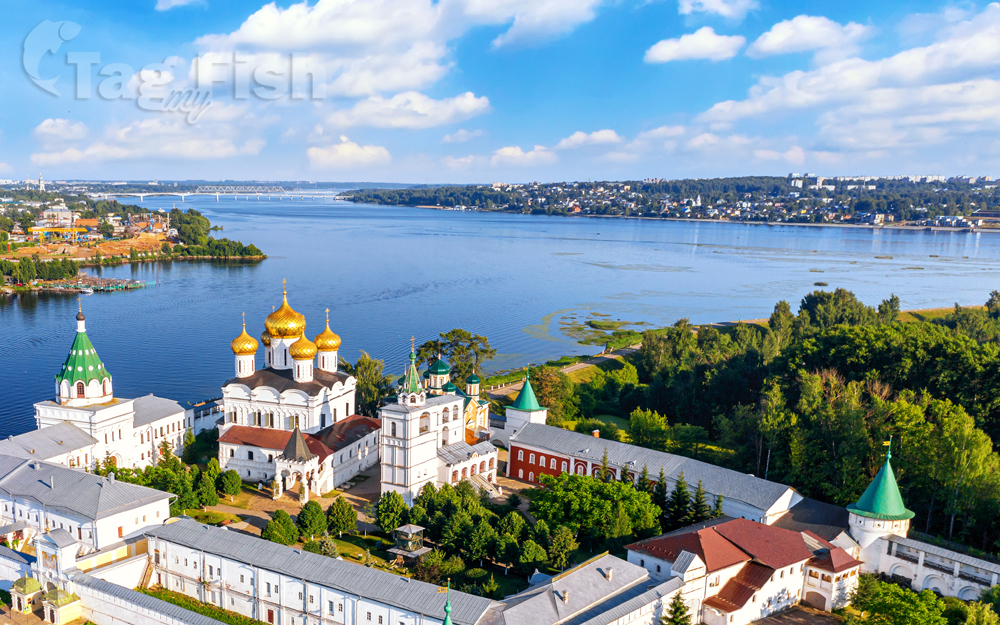
Largest tributaries
Artificial lakes
Perciformes - Perches
Salmoniformes - Salmons and Trouts
Esociformes - Pikes
Cypriniformes - Carps
Acipenseriformes - Sturgeons and Paddlefish
Gadiformes - Cods
Scorpaeniformes - Mail-cheeked fishes
Gobiiformes - Gobies
Perciformes - Perches
Salmoniformes - Salmons and Trouts
Esociformes - Pikes
Cypriniformes - Carps
Acipenseriformes - Sturgeons and Paddlefish
Gadiformes - Cods
Scorpaeniformes - Mail-cheeked fishes
Gobiiformes - Gobies
Siluriformes - Catfishes
Mugiliformes - Mullets
Anguilliformes - Eels and morays
Gasterosteiformes - Sticklebacks
Atheriniformes - Silversides
Perciformes - Perches
Salmoniformes - Salmons and Trouts
Esociformes - Pikes
Cypriniformes - Carps
Acipenseriformes - Sturgeons and Paddlefish
Gadiformes - Cods
Scorpaeniformes - Mail-cheeked fishes
Gobiiformes - Gobies
Siluriformes - Catfishes
Mugiliformes - Mullets
Anguilliformes - Eels and morays
Gasterosteiformes - Sticklebacks
Atheriniformes - Silversides
The Volga is the longest river in Europe. Situated in Russia, it flows through Central Russia to Southern Russia and into the Caspian Sea.
The Volga has a length of 3,531 km (2,194 mi), and a catchment area of 1,360,000 km2 (530,000 sq mi). It is also Europe’s largest river in terms of average discharge at delta 8,000 m3/s (280,000 cu ft/s) – 8,500 m3/s (300,000 cu ft/s) and of drainage basin. It is widely regarded as the national river of Russia.
The river flows in Russia through forests, forest steppes and steppes. Four of the ten largest cities of Russia, including the nation’s capital, Moscow, are located in the Volga’s drainage basin.
Some of the largest reservoirs in the world are located along the Volga. The river has a symbolic meaning in Russian culture – Russian literature and folklore often refer to it as Volga-Matushka (Mother Volga).
